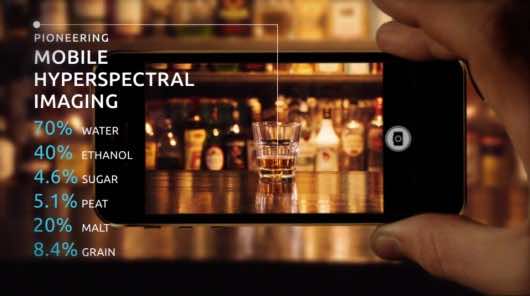A small hyperspectral imaging camera is being developed at Tel Aviv University. It will allow you to take a picture or video of something and determine its chemical composition. Hyperspectral imaging works by scanning light spectra that is not visible to human eye while identifying distinct electromagnetic ‘fingerprints’ of different materials and substances.
The team is being led by Prof. David Mendlovic and is working on coming up with a miniaturized optical component that can be subsequently incorporated into a smartphone. It employs MEMS (microelectromechanical systems) technology and as per the team is ‘suitable for mass production and compatible with standard smartphone camera designs.’
It will, however, require a database of hyperspectral signatures pertaining to different substances. According to Professor Mendlovic, “The optical element acts as a tunable filter and the software – an image fusion library – would support this new component and extract all the relevant information from the image.”
A working prototype shall be completed by June while the core system has already been showcased at the Mobile World Congress that was held in Barcelona last month. The technology has been named as Unispectral and is being developed by the university’s Ramot tech transfer company. The applications of Unispectral include consumer electronics, biotechnology, automotive industry and homeland security.


